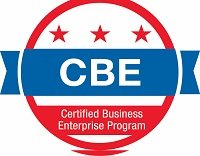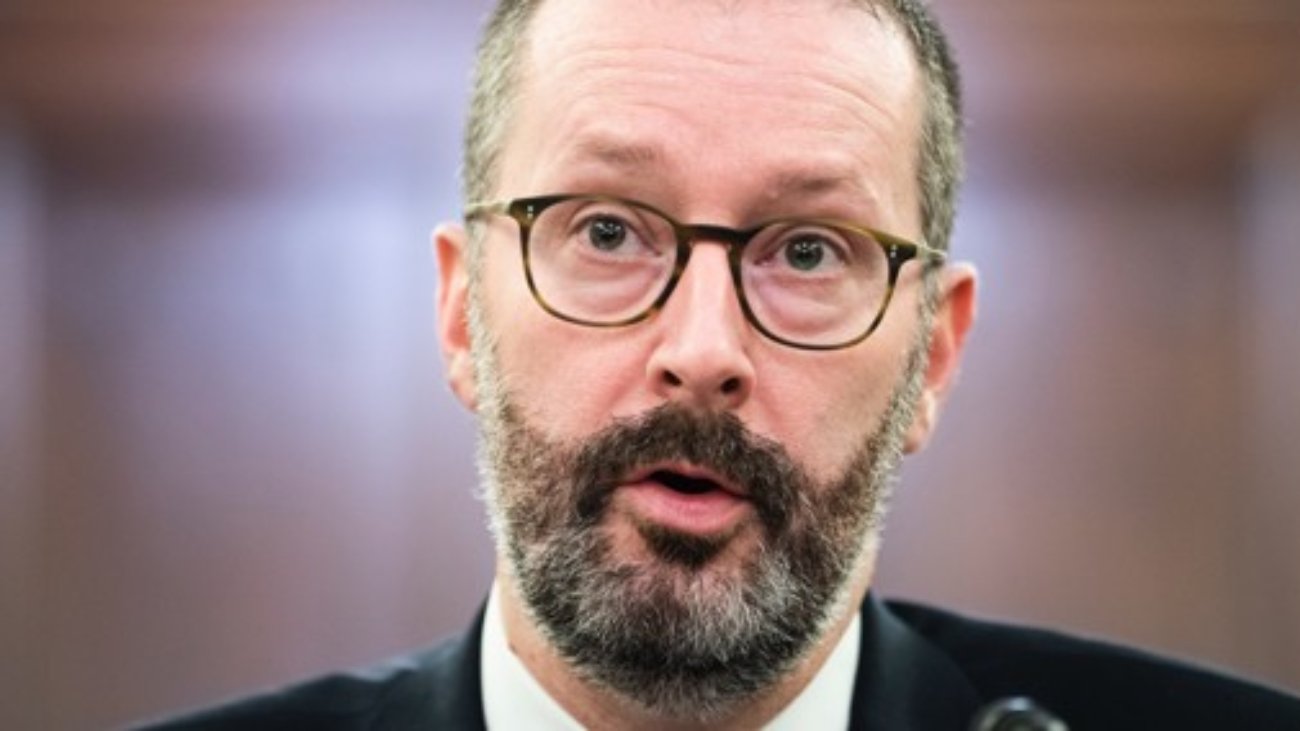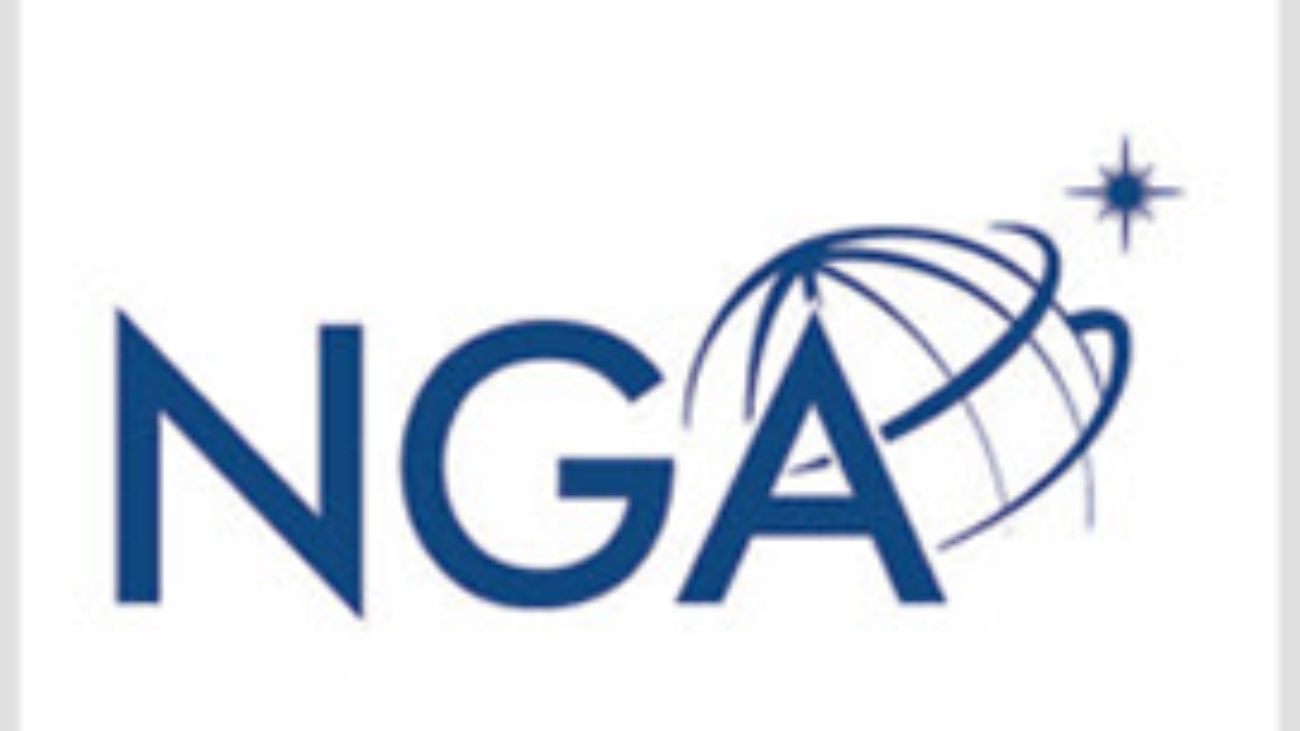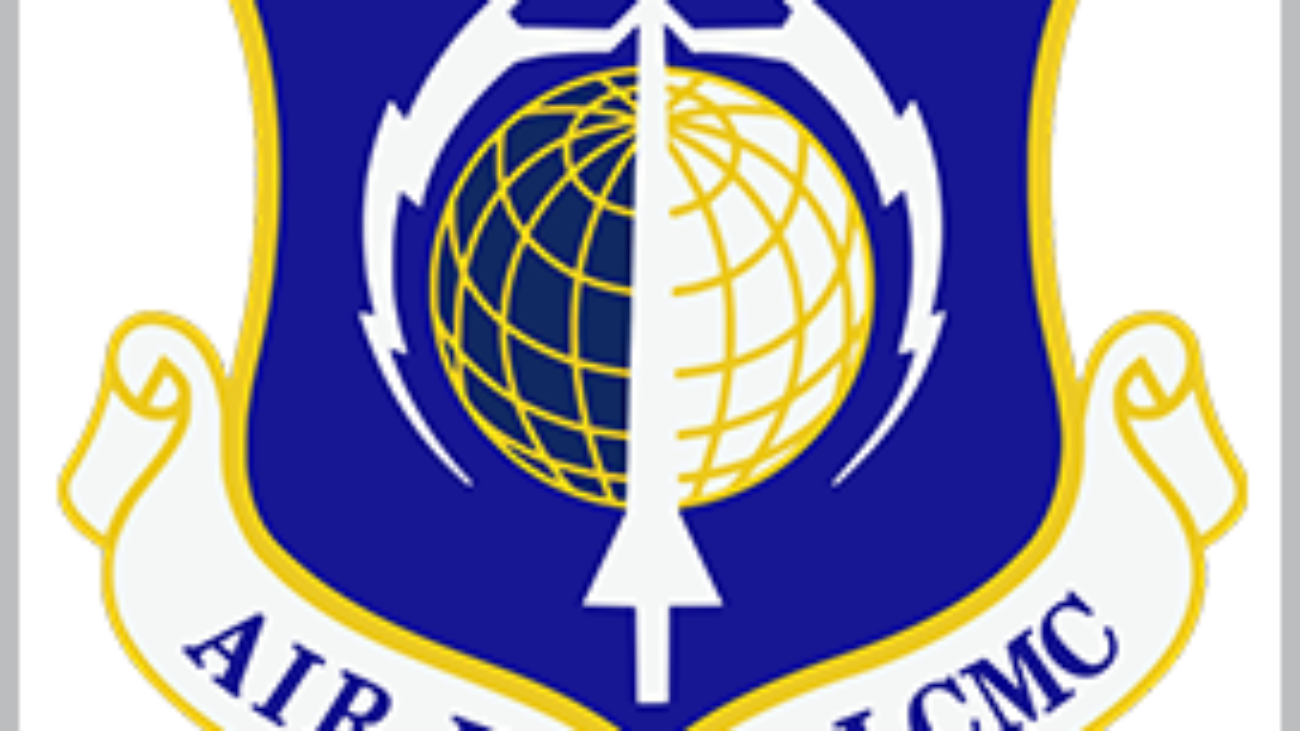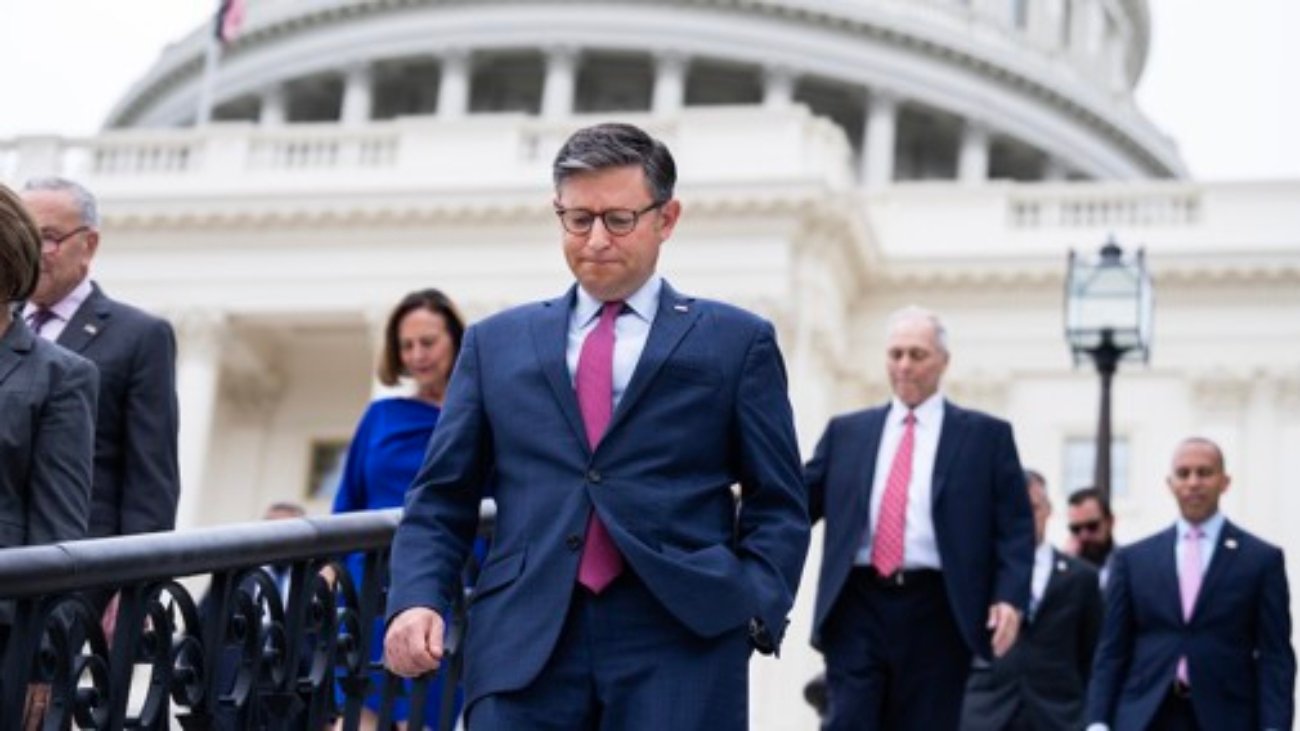With a Friday deadline looming before the Senate to help ensure that the benefit payments of 7 million veterans will go out on time, lawmakers sought to understand how the Veterans Affairs Department ended up with a $3 billion budget shortfall with less than a month left in the fiscal year.
The short answer, it seems, is the department’s success in enrolling veterans eligible for new benefits from the Honoring Our Promise to Address Comprehensive Toxics (PACT) Act alongside other benefits, VA officials told the Senate Veterans’ Affairs Committee during a hearing Wednesday.
“The reason we find ourselves in this situation is, frankly, our workforce has over-delivered on what were already aggressive projections,” said Josh Jacobs, VA undersecretary for benefits, at the hearing. “For the last year, we delivered more benefits to more veterans at any other time in our history.”
Jacobs went on to say that the VA has granted 1.1 million benefits this fiscal year alone, half of which are from the PACT Act, with the department granting benefits to 65% of overall claims and 75% of PACT Act claims.
That is coupled with an expansive outreach campaign conducted by the department to inform veterans of what benefits they may be eligible for.
Much of that surge was anticipated, as the VA expanded benefits eligibility for veterans with 23 respiratory illnesses related to burn pits used by the military. It also began ramping up hiring efforts, including 61,000 new hires at the VHA in fiscal 2023, to be able to manage a growing influx of patients and beneficiaries.
Jacobs said that benefits growth remained in line with the department’s projections through the spring. However, at the end of June, as part of its midsession review, the VA found there was potential for it to deliver 2.5 million claims decisions, well above its projections of 2.2 million decisions.
“As we updated those projections, we then had to work to verify and validate that the assumptions that we were making were in fact possible,” he said. “As soon as we did that, we communicated the risk and the potential need to Congress.”
But that communication — which also included a projected $11.97 billion shortfall in fiscal 2025 due to rising hiring and pharmaceutical costs within the Veterans Health Administration — came after the Senate appropriations subcommittee marked up its fiscal 2025 funding bill for the VA, leaving some senators baffled as to why there they weren’t warned by the VA or the Office of Management and Budget sooner.
“My complaint today is really with the level of trust and respect that I would hope we have from the Department of Veterans Affairs,” said ranking member Jerry Moran, R-Kansas. “You all do a really good job communicating with me on an ongoing basis, but if you do that on things unlike this significant shortfall, I’m troubled. Why wouldn’t you call and inform us?”
Jacobs later apologized to Moran for not directly notifying him of the potential for the shortfall, adding that the VA has updated its out-year fiscal 2025 and 2026 projections and will increase the frequency of reports to Congress to provide monthly comparisons.
“One of my lessons here, and one of our lessons, is that we will provide earlier communications. I will also say we didn’t have a high level of confidence. We were working to get independent verification that the estimate was, in fact, real and that the needs were verified,” he said.
The House passed a supplemental funding bill Tuesday to provide the VA $2.89 billion to cover benefits costs through the end of fiscal 2024. If the Senate doesn’t pass that legislation before Friday, Jacobs said it’s possible that 140,000 veterans and survivors would experience delays of up to two weeks to receive their benefits.

